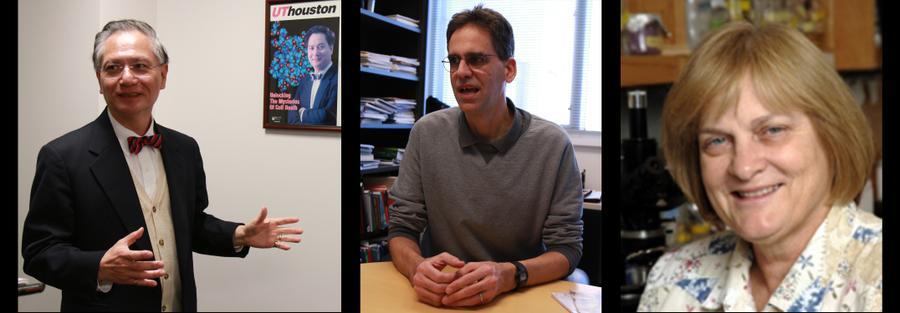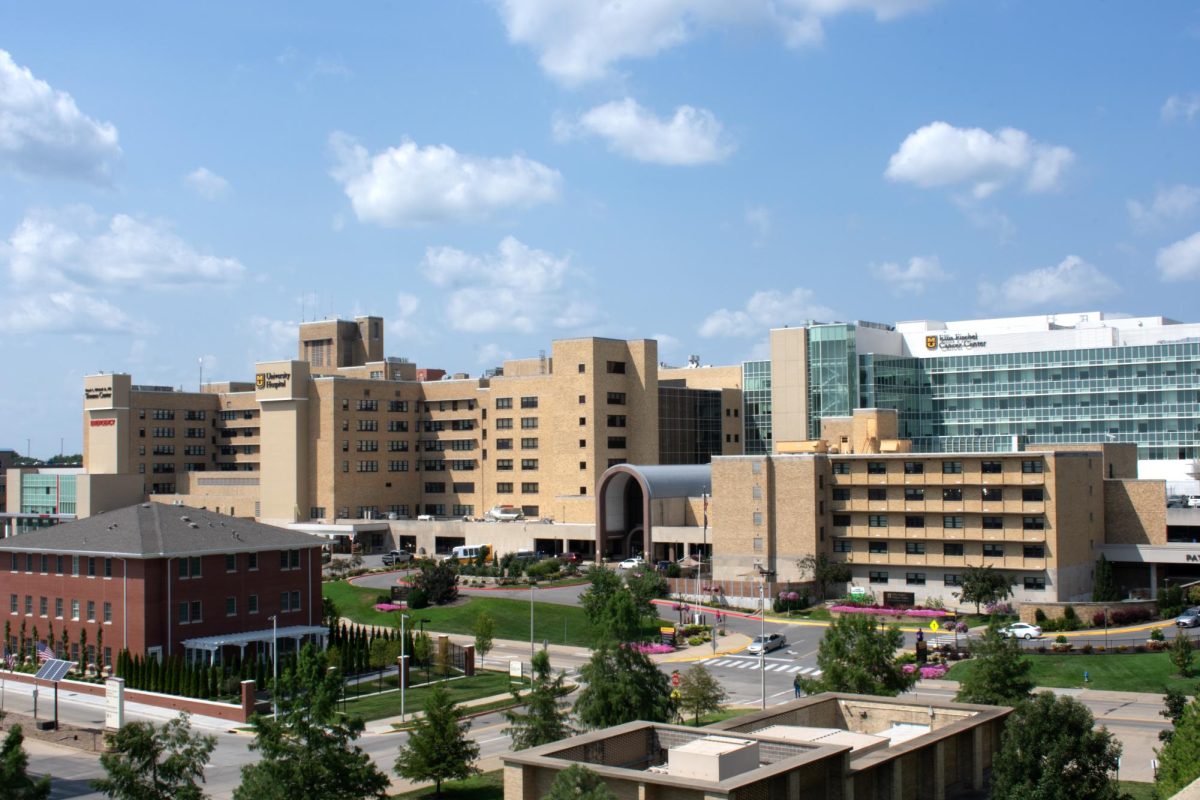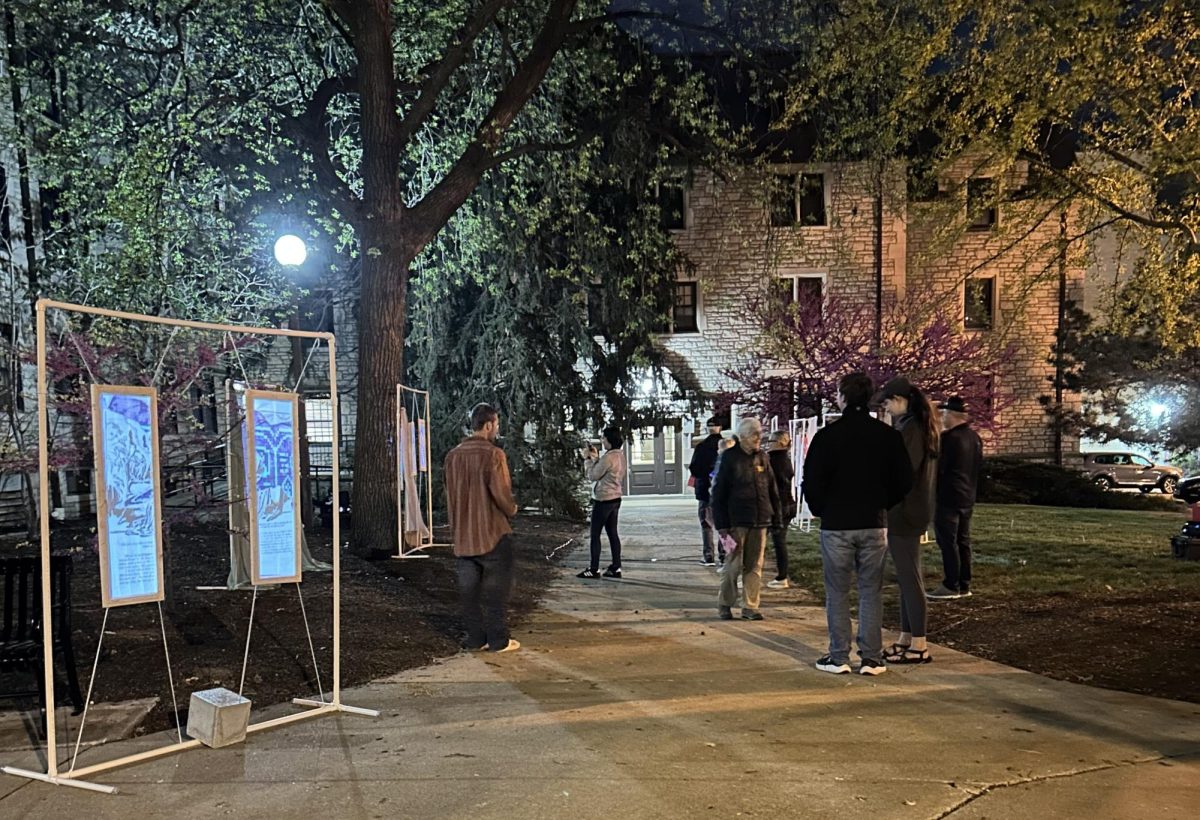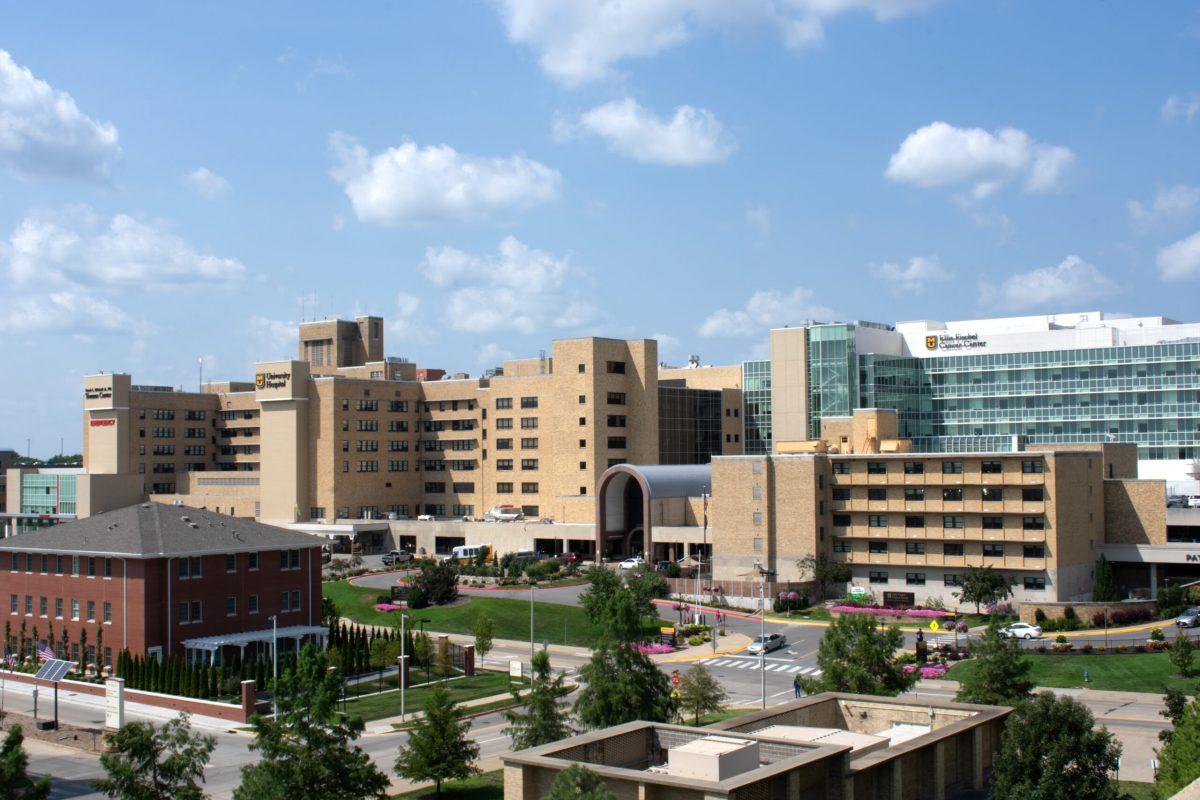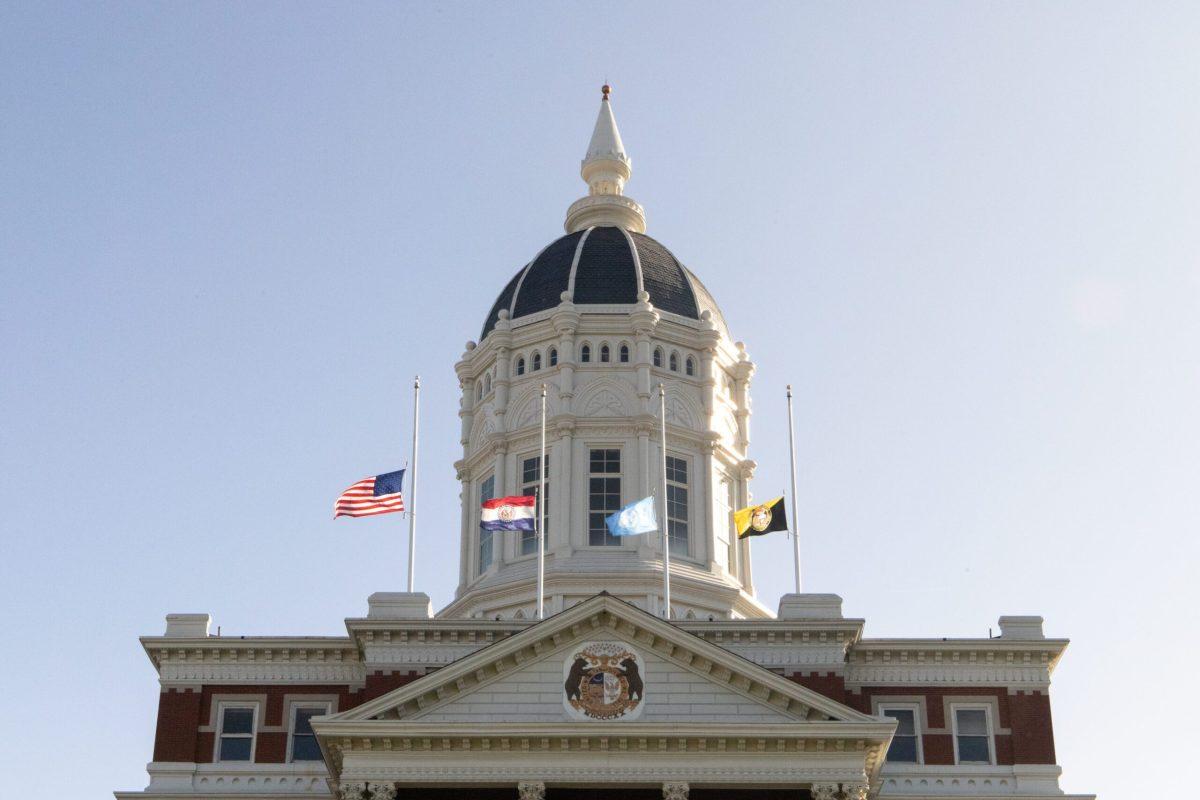The field of onco-cardiology did not exist until Edward T.H. Yeh, now an MU faculty member, helped launch it in order to explore the relationship between chemotherapy and heart problems.
Yeh, along with Walter Gassmann and Kathleen J. Newton, was elected as a fellow of The American Association for the Advancement of Science in November. They join the 391 other fellows across the country who were elected this year.
The American Association for the Advancement of Science, which began in 1874, is one of the world’s oldest and largest scientific societies, and the association publishes three different scientific magazines. To become a fellow, one of the faculty member’s peers already in the society has to nominate them.
Becoming a fellow comes after a long track record of crucial research, not one breakthrough.
Gassmann, Newton and Yeh cover a broad range of research from cellular processes to plant immune systems.
Gassmann, while honored by his recognition for his plant research, is mostly looking forward to propping up other researchers at MU.
As a fellow, Gassman can nominate other MU faculty for the association.
“We have many deserving colleagues on this campus,” he said.
“Being a fellow is a recognition of a whole body of work, not just one discovery or paper,” Gassmann said. “You usually have to be a little more seniored.”
For Gassmann’s department, the Division of Plant Sciences, just being a fellow won’t greatly increase the chances of getting research grants, but having a lot of fellows does increase the stature of the university in the Association of American Universities’ metrics for accreditation.
“The only thing you really have is reputation, and that is very important,” Gassmann said. “We are not in it for the money.”
Gassmann said what is important about having a lot of fellows is that it brings recognition to the community.
“If we weren’t a good program, we couldn’t attract good students,” Gassmann said. “Something like this just adds to the stature of the program.”
####Stronger crops through strengthened immune systems
Gassmann was nominated for his extensive work researching and genetically improving plant immune systems in order to strengthen certain crops. However, his work does not directly deal with manipulating agricultural plants.
Instead, he works with a model plant, _Arabidopsis thaliana._ This specific strain is from Columbia and was created by MU professor George Rédei.
After bringing the seeds from Germany, Rédei started developing the strain in 1957, but genetic research was too primitive to do much with his research.
“When people finally had the ability to look at genes and clone and sequence, they looked for a plant to do this easily with,” Gassmann said.
With the help of Rédei’s strain, Gassmann worked to strengthen plants’ immune systems against unknown pathogens without having the immune system “on” at all times.
Working from a model plant is also much more efficient than going straight to crop manipulation because model plants take significantly less time to grow, Gassmann said. Additionally, any plant’s manipulation can be transferred across species.
To demonstrate this, Gassmann helped work with improving grapevine strains. Before the Prohibition era, Missouri was a large producer of wine, so its grapevines are very resistant to fungal diseases while some European grapevines are more susceptible to fungi instead.
“That [genetic] information could be used to breed more resistant grapevines,” Gassmann said.
####Planting the seeds for gene functions
A professor in biological sciences, Kathleen J. Newton, was nominated for her work with plant biology as well. Her research focuses on the interactions between the plant cell’s three genomes and mitochondrial mutations.
According to an MU press release, AAAS nominated Newton for “distinguished contributions to the fields of plant biology and genetics, particularly for investigations of mitochondria and chloroplasts in plant growth and development.”
Her findings examine genetic interactions between various cellular subunits of a growing plant.
In the Division of Plant Sciences, there are 20 other fellows beside Gassmann and Newton, but just sharing fellowship does not impact how they work together.
“We don’t look at that when we collaborate,” Gassmann said. “It’s more about what techniques do you bring? Do we collaborate because we are interested in the same question or do we use the same experimental techniques?”
####“An unusual mix” of cardiology and cancer
The third faculty member to become a fellow is chairman of the Department of Medicine, Edward T.H. Yeh, who has had a long career as a practicing doctor and researcher. For a large portion of his career, he has worked as an onco-cardiologist, meaning he does cardiology care with cancer patients.
Yeh has only been at MU for a few months. He spent part of his career at the University of Texas MD Anderson Cancer Center in Houston, which is the top cancer center in the nation, according to U.S. News & World Report.
Yeh said that the combination of cardiology and cancer care can be “an unusual mix” and it occasionally confuses some people.
“The answer is actually pretty simple,” Yeh said. “Turns out, a lot of cancer patients are usually older … so by the time they develop cancer, they also have heart problems at the same time.”
Yeh also studies the ways chemotherapy drugs can damage the heart. While a patient is being treated for cancer, their medicine can be causing a heart condition, too. According to the MU press release, Yeh was responsible for “effectively launching the onco-cardiology field.”
Along with developments in onco-cardiology, Yeh discovered a protein called a Small Ubiquitin-like Modifier, or SUMO.
“Protein [is] the building block of the cell,” Yeh said. “Without protein, the cell doesn’t work. SUMO is a small protein that can be attached to bigger proteins. So by piggybacking a small protein to a large protein, you kind of change the way this bigger protein can function, or its location or its stability. So it is a way that you can regulate the biological process.”
After discovering and researching the protein, Yeh said other researchers realized that SUMO could “regulate everything under the sun,” including DNA transcription, repair and replication and cell division.
Yeh also still works with patients, which he said is rare. Physician scientists, doctors who balance patient care and research, have very demanding schedules. Yeh said only 3 percent of doctors nationally, do both.
Yeh said he believes doing both, though, helps him with patients and in the lab.
“As a physician scientist, when I see patients, I also understand the deep reason why they got sick,” Yeh said. “A lot of times, actually, medicine is still evolving so we don’t know why, but with my training, I am equipped to ask questions and do some research… We call it ‘bench to bedside.’”
His election into the society has not changed his commitment to his research and patients.
“It’s certainly good to be elected, but my life is still the same,” Yeh said.
_Edited by Claire Mitzel | [email protected]_


